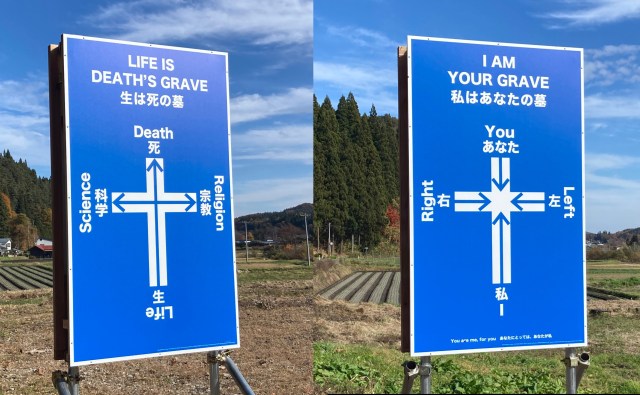
With local customs linked to Judea, this is a very unusual Japanese community.
Did you know that the tomb of Jesus Christ is located in Aomori Prefecture? Well, that’s what’s been long reported at least, and it exists in Christ Park, around 40 minutes by car from JR Hachinohe Station.
Located in Shingo Village, Christ’s tomb isn’t the only surprising site at the park, as it’s also home to the Oishigami Pyramid.
▼ Oishigami Pyramid translates to “Big Rock God Pyramid”, and it’s marked as number three on the local tourist signboard
▼ Christ and a pyramid at one location…no wonder Shingo is dubbed “The Village of Mystery and Romance“.
Christ’s tomb is marked as number one on the signboard above, and it can be found at the end of a short trail.
So what’s the deal with Christ’s tomb? Well, the sign below goes some way to explaining its history.
“It was first discovered in 1935 by Kiyomaro Takeuchi, who visited from Isohara City (now Kitaibaraki City) in Ibaraki Prefecture, based on an ancient document belonging to the Takeuchi family. According to the ancient document, it was Christ’s younger brother Isukiri who was crucified on the hill of Golgotha, and Christ himself went to Japan and lived here in Shingo until the age of 106. The tomb of Christ, known as “Toraizuka”, is on the right , and on the left is “Juudaihaka”, the tomb of his younger brother Isukiri, and every year a memorial service is held at the Christ Festival, where the Nanyadoyara song and dance is performed as an offering.”
The official website for Shingo has even more intriguing information, listing some of the village’s unusual customs, which are similar to customs practiced in Judea:
- There is a theory that the name of the Herai district of Shingo Village comes from the word “Hebrew.” [“Herai” sounds similar to “Heburai”, the Japanese for “Hebrew”)
- In the local dialect, fathers are called “Aya” and “Dada,” and mothers are called “Apa” and “Gaga.”
- When a new born child is taken outdoors for the first time, a cross is drawn on the forehead with ink.
- There is an old family whose family crest has been the Star of David for generations.
Whether or not you believe the authenticity of the ancient document used by the Takeuchi Family to find the tomb of Christ, the points above are undeniably unusual for a community in Japan, adding to the intrigue of the site.
The area around the park is also unusual, as it’s being used as a place of expression through something called the “Art User Conference” that works to create a new art space.
The works above and below, designed to look like road signs, blend into the local scenery while expressing a deep and profound message related to the site.
▼ There’s also an unusual souvenir shop that’s only open on weekends.
“Kirisutoppu” (“キリストっぷ”) combines the word “Christ” with “stop”, and appears to mimic Japan’s Mini Stop convenience store logo.
▼ The Mini Stop logo, seen behind Mr Sato’s head on one of his senbero visits.
Alas, Mr Sato was on a tight schedule while passing through Shingo, so although he didn’t have time to take photos of the burial mounds, which are each topped with a cross, he managed to snap some pictures of the pyramid.
▼ Oishigami Pyramid is about 10 minutes by car from Christ’s Tomb
▼ The pyramid is made up of ancient stones with markings (bottom right on the sign below) and the route to get there is surprisingly steep
▼ You’ll have to mind the “Beware of Bears” and “Beware of Bees” signs along the way.
But once you arrive at the site, you’ll be in awe of the megaliths, which are estimated to be tens of thousands of years older than the pyramids in Egypt, and believed to have been used to worship the sun.
▼ Shingo Village truly is a place shrouded in mystery
Before leaving the area, you can always stop in at Christ’s Village Museum to learn more about the site’s history, with admission costing 200 yen (US$1.37) for adults.
▼ And don’t forget to pick up some fun souvenirs, like “Christ’s Hakka Ame” (350 yen).
Hakka is Japanese mint, but it also sounds like “haka”, the Japanese word for “tomb” or “gravesite”, while “ame”, which means “candy” in Japanese, sounds like “Amen”, making it a very punny souvenir.
▼ Amabie explains the puns to us, while a sense of excitement about it all is conveyed with: “OMG!! Amen Mint Candy!”
And as if all that wasn’t enough, each candy features the image of a burial mound, with “アーメン” (“Amen”) written beneath it.
Whether or not you believe in Christ, or that his tomb exists in Aomori Prefecture, the mountain village of Shingo is a quiet and pleasant tourist site that’ll inspire your curiosity. It’s well-suited to travellers looking to explore off the beaten path, especially if you time your visit for June, when you’ll be able to witness the mysterious Nanyadoyara dance at the annual Christ Festival.
Location information
Christ-no-Sato Park / キリストの里公園
Address: Aomori-ken, Sannohe-gun, Shingo-mura, Torai, Notsuki 33-1
青森県三戸郡新郷村大字戸来字野月33-1
Hours: 9:00 a.m.-5:00 p.m.
Closed Wednesdays (open every day in summer, closed every day in winter)
Images © SoraNews24
● Want to hear about SoraNews24’s latest articles as soon as they’re published? Follow us on Facebook and Twitter!
[ Read in Japanese ]

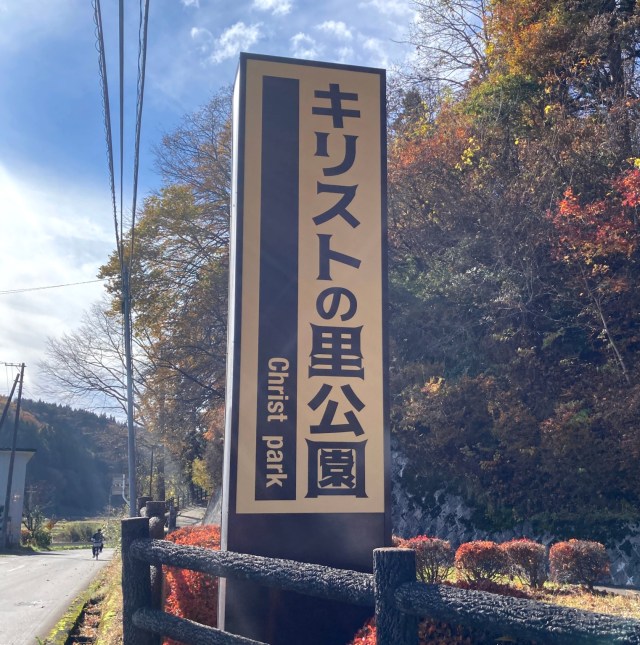
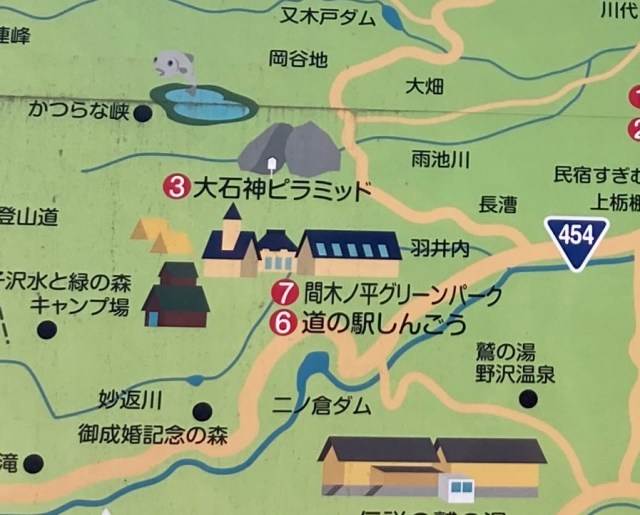
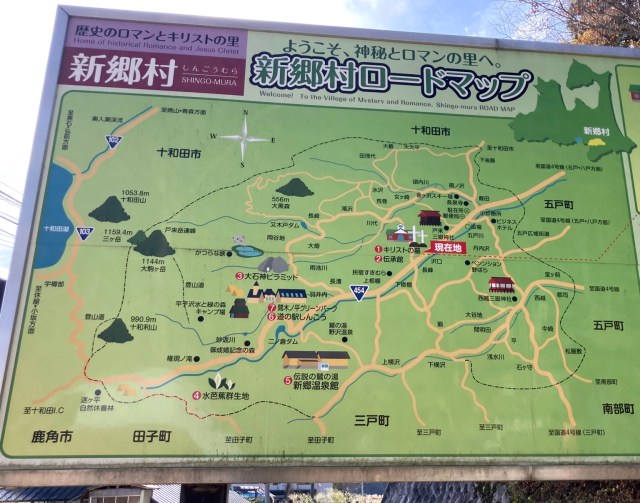
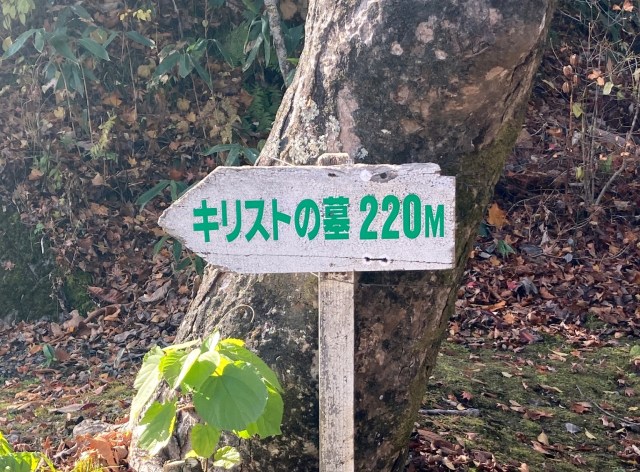
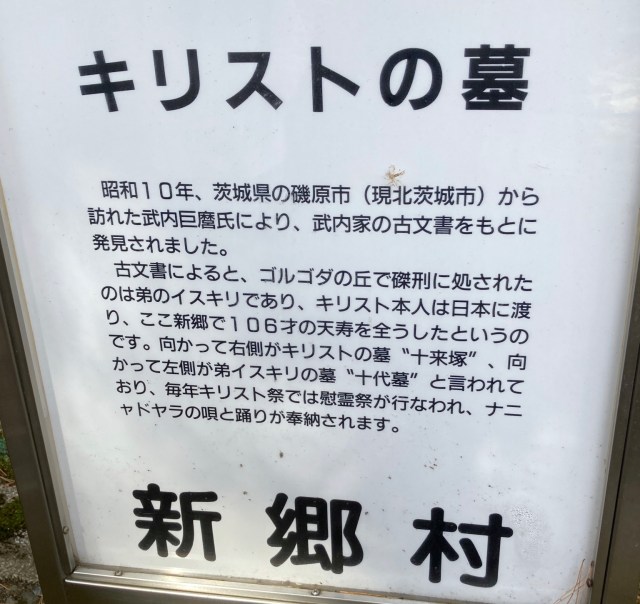
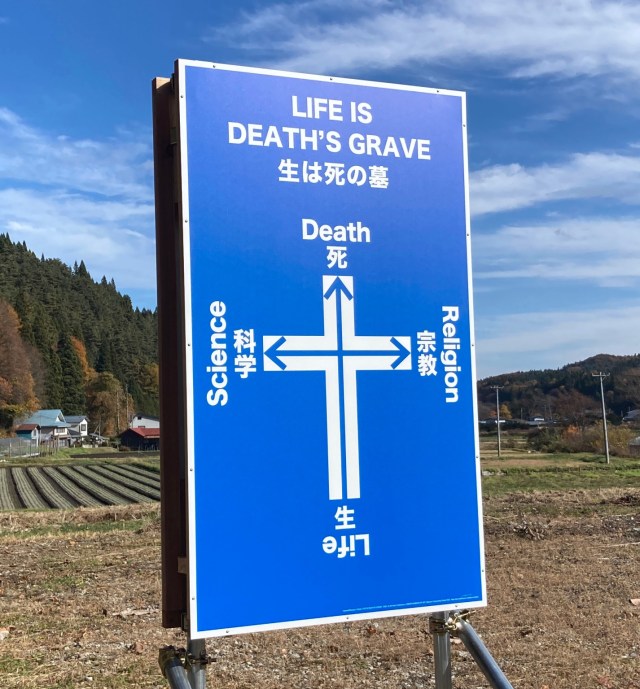
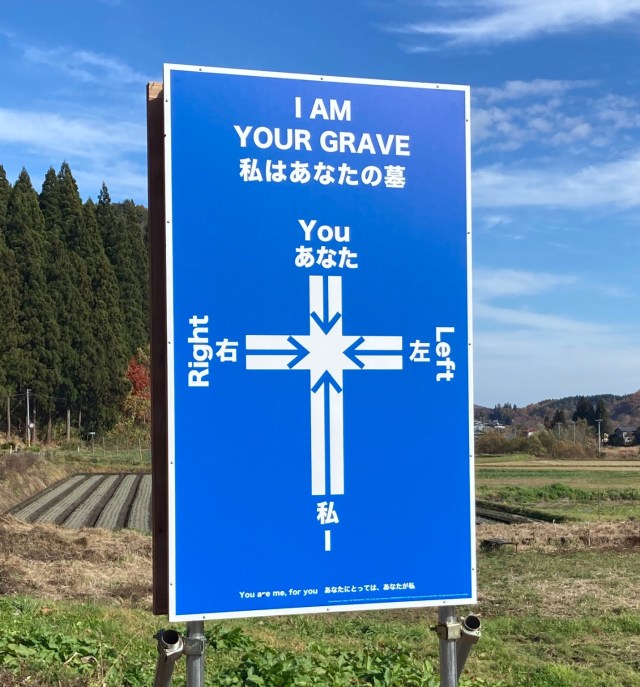
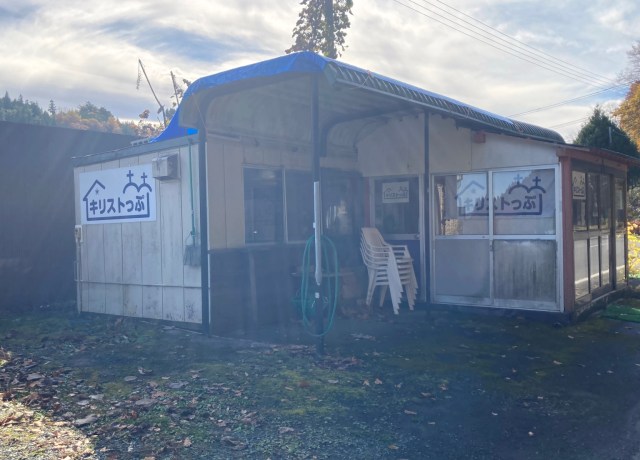
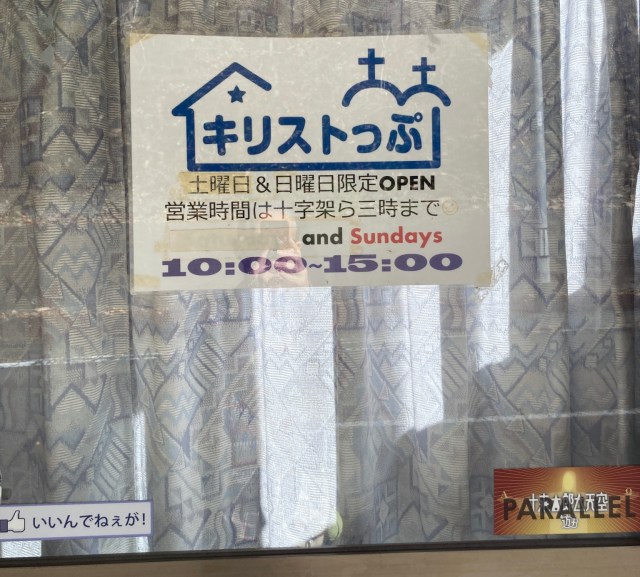
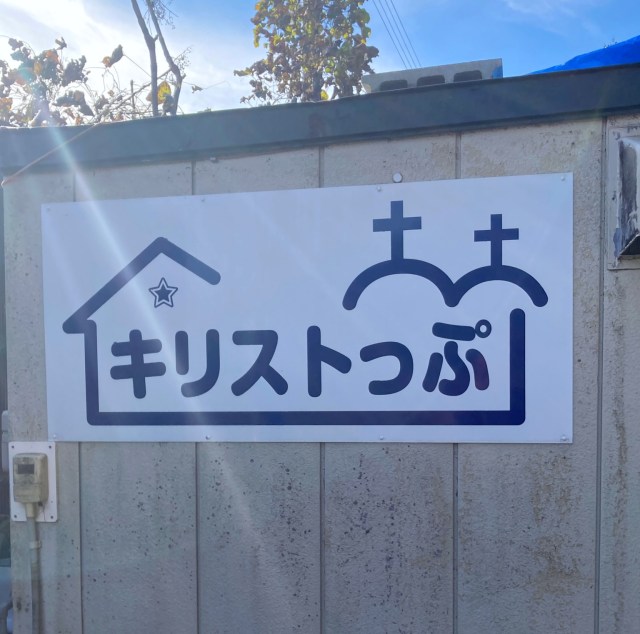
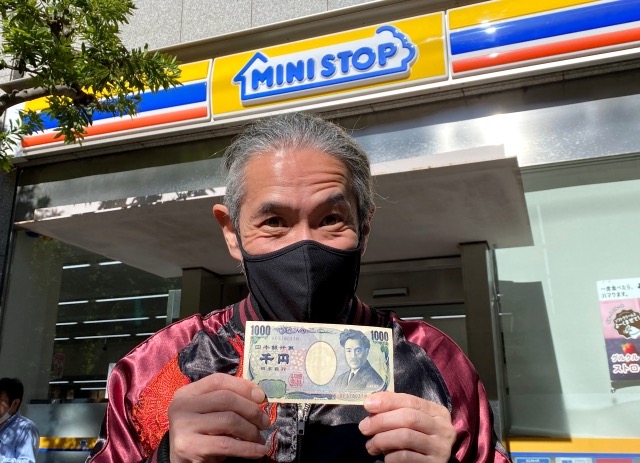
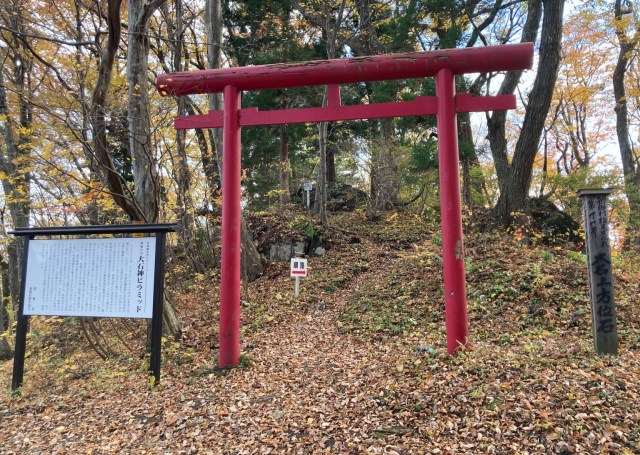
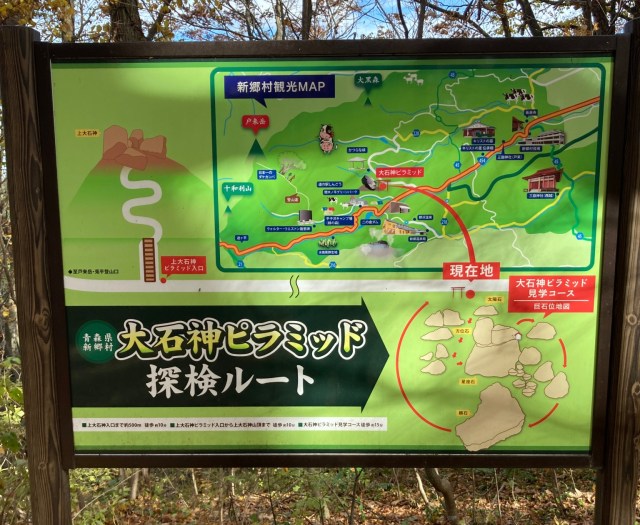
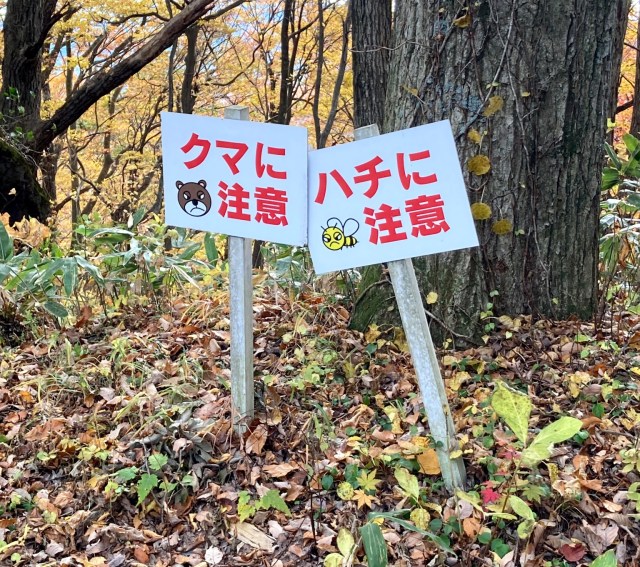
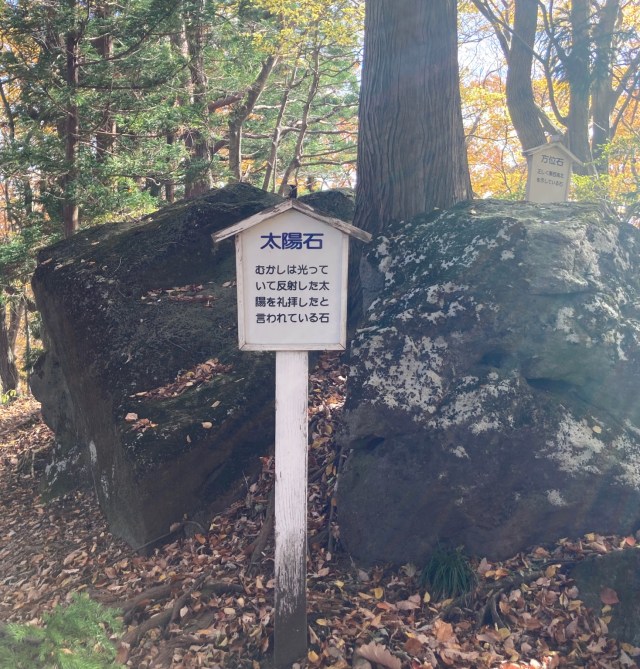
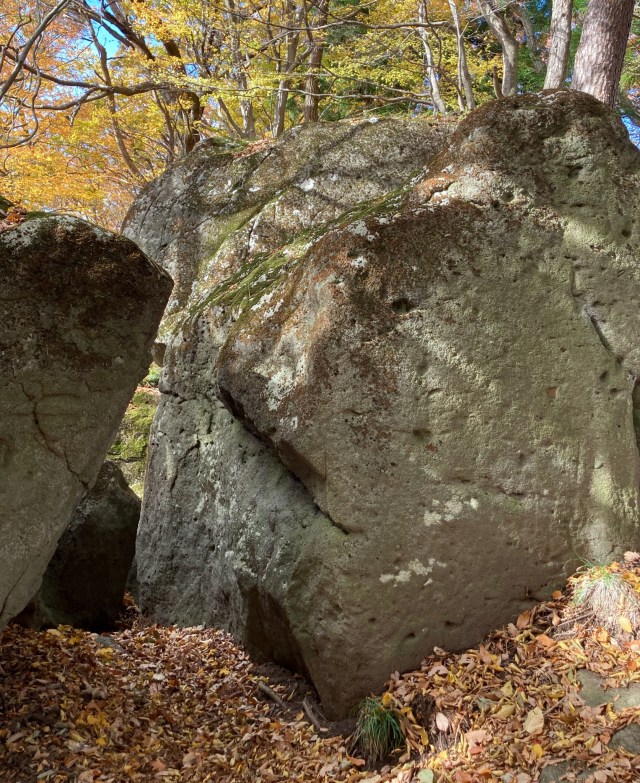
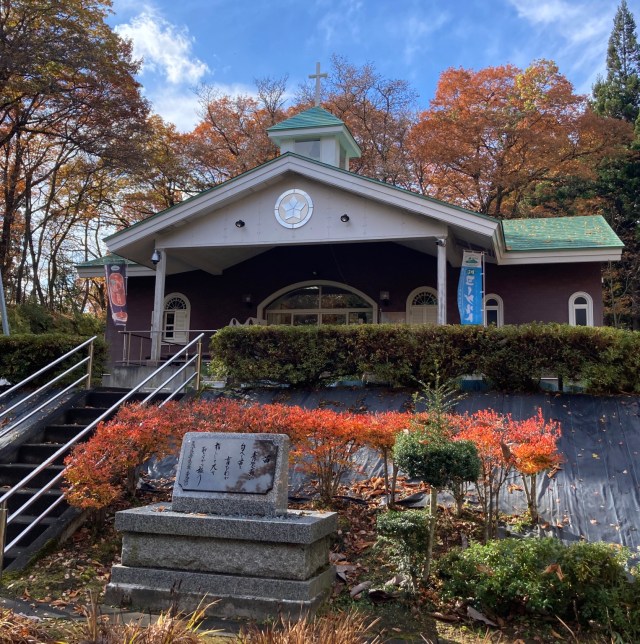
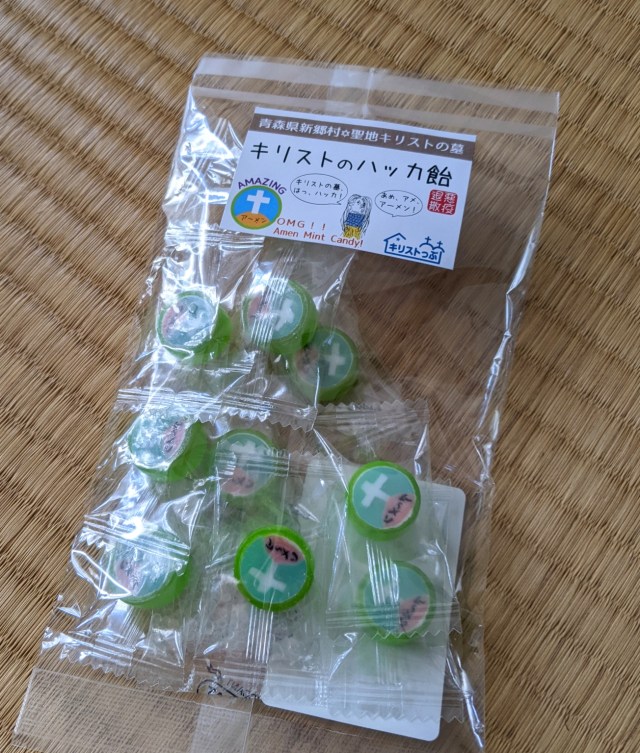
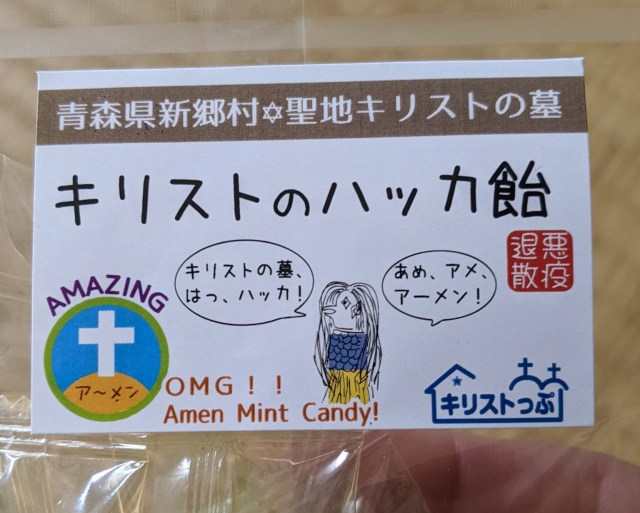
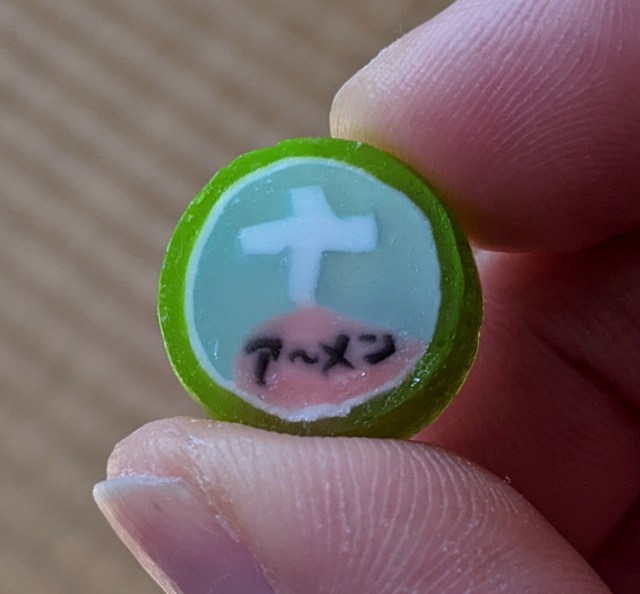
 Bizarre pyramid hot spring in Japan combines Egyptian aesthetics with onsen relaxation
Bizarre pyramid hot spring in Japan combines Egyptian aesthetics with onsen relaxation Teacher facing charges after swallowing class pet alive
Teacher facing charges after swallowing class pet alive Human pyramids continue in Kobe schools as injuries mount to 51, mayor’s pleas to stop unanswered
Human pyramids continue in Kobe schools as injuries mount to 51, mayor’s pleas to stop unanswered Japanese mother travels to Egypt, strikes silly poses in masked Pharaoh hoodie
Japanese mother travels to Egypt, strikes silly poses in masked Pharaoh hoodie Police looking for man who threw paper airplane into Hiroshima atomic bomb monument
Police looking for man who threw paper airplane into Hiroshima atomic bomb monument Red light district sushi restaurant in Tokyo shows us just how wrong we were about it
Red light district sushi restaurant in Tokyo shows us just how wrong we were about it Japanese ramen restaurants under pressure from new yen banknotes
Japanese ramen restaurants under pressure from new yen banknotes Starbucks Japan adds a Motto Frappuccino to the menu for a limited time
Starbucks Japan adds a Motto Frappuccino to the menu for a limited time Pokémon Sleep camping suite and guestrooms coming to Tokyo Hyatt along with giant Snorlax burgers
Pokémon Sleep camping suite and guestrooms coming to Tokyo Hyatt along with giant Snorlax burgers Tokyo Tsukiji fish market site to be redeveloped with 50,000-seat stadium, hotel, shopping center
Tokyo Tsukiji fish market site to be redeveloped with 50,000-seat stadium, hotel, shopping center McDonald’s new Happy Meals offer up cute and practical Sanrio lifestyle goods
McDonald’s new Happy Meals offer up cute and practical Sanrio lifestyle goods Beautiful Red and Blue Star luxury trains set to be Japan’s new Hokkaido travel stars
Beautiful Red and Blue Star luxury trains set to be Japan’s new Hokkaido travel stars Akihabara pop-up shop sells goods made by Japanese prison inmates
Akihabara pop-up shop sells goods made by Japanese prison inmates Anime girl English teacher Ellen-sensei becomes VTuber/VVTUber and NFT
Anime girl English teacher Ellen-sensei becomes VTuber/VVTUber and NFT French Fries Bread in Tokyo’s Shibuya becomes a hit on social media
French Fries Bread in Tokyo’s Shibuya becomes a hit on social media All-you-can-drink Starbucks and amazing views part of Tokyo’s new 170 meter-high sky lounge
All-you-can-drink Starbucks and amazing views part of Tokyo’s new 170 meter-high sky lounge More foreign tourists than ever before in history visited Japan last month
More foreign tourists than ever before in history visited Japan last month Studio Ghibli releases new action figures featuring Nausicaä of the Valley of the Wind characters
Studio Ghibli releases new action figures featuring Nausicaä of the Valley of the Wind characters New private rooms on Tokaido Shinkansen change the way we travel from Tokyo to Kyoto
New private rooms on Tokaido Shinkansen change the way we travel from Tokyo to Kyoto Starbucks reopens at Shibuya Scramble Crossing with new look and design concept
Starbucks reopens at Shibuya Scramble Crossing with new look and design concept Studio Ghibli glasses cases let anime characters keep an eye on your spectacles
Studio Ghibli glasses cases let anime characters keep an eye on your spectacles Beautiful Ghibli sealing wax kits let you create accessories and elegant letter decorations【Pics】
Beautiful Ghibli sealing wax kits let you create accessories and elegant letter decorations【Pics】 Studio Ghibli releases Kiki’s Delivery Service chocolate cake pouches in Japan
Studio Ghibli releases Kiki’s Delivery Service chocolate cake pouches in Japan New definition of “Japanese whiskey” goes into effect to prevent fakes from fooling overseas buyers
New definition of “Japanese whiskey” goes into effect to prevent fakes from fooling overseas buyers Our Japanese reporter visits Costco in the U.S., finds super American and very Japanese things
Our Japanese reporter visits Costco in the U.S., finds super American and very Japanese things Studio Ghibli unveils Mother’s Day gift set that captures the love in My Neighbour Totoro
Studio Ghibli unveils Mother’s Day gift set that captures the love in My Neighbour Totoro New Japanese KitKat flavour stars Sanrio characters, including Hello Kitty
New Japanese KitKat flavour stars Sanrio characters, including Hello Kitty New Pokémon cakes let you eat your way through Pikachu and all the Eevee evolutions
New Pokémon cakes let you eat your way through Pikachu and all the Eevee evolutions Disney princesses get official manga makeovers for Manga Princess Cafe opening in Tokyo
Disney princesses get official manga makeovers for Manga Princess Cafe opening in Tokyo Sales of Japan’s most convenient train ticket/shopping payment cards suspended indefinitely
Sales of Japan’s most convenient train ticket/shopping payment cards suspended indefinitely Sold-out Studio Ghibli desktop humidifiers are back so Totoro can help you through the dry season
Sold-out Studio Ghibli desktop humidifiers are back so Totoro can help you through the dry season Japanese government to make first change to romanization spelling rules since the 1950s
Japanese government to make first change to romanization spelling rules since the 1950s Ghibli founders Toshio Suzuki and Hayao Miyazaki contribute to Japanese whisky Totoro label design
Ghibli founders Toshio Suzuki and Hayao Miyazaki contribute to Japanese whisky Totoro label design Doraemon found buried at sea as scene from 1993 anime becomes real life【Photos】
Doraemon found buried at sea as scene from 1993 anime becomes real life【Photos】 Tokyo’s most famous Starbucks is closed
Tokyo’s most famous Starbucks is closed One Piece characters’ nationalities revealed, but fans have mixed opinions
One Piece characters’ nationalities revealed, but fans have mixed opinions We asked a Uniqlo employee what four things we should buy and their suggestions didn’t disappoint
We asked a Uniqlo employee what four things we should buy and their suggestions didn’t disappoint Princesses, fruits, and blacksmiths: Study reveals the 30 most unusual family names in Japan
Princesses, fruits, and blacksmiths: Study reveals the 30 most unusual family names in Japan U.S.-Japan release collaborative video of support one year after Kumamoto earthquakes【Video】
U.S.-Japan release collaborative video of support one year after Kumamoto earthquakes【Video】 We try a Family Mart Frappe produced by a former SMAP member
We try a Family Mart Frappe produced by a former SMAP member Foreign tourists pick the top 10 must-visit museums in Japan
Foreign tourists pick the top 10 must-visit museums in Japan Japanese boy band pop star celebrates Donald Trump’s visit to Japan with Trump cosplay【Photos】
Japanese boy band pop star celebrates Donald Trump’s visit to Japan with Trump cosplay【Photos】 Japanese yokai starts appearing on Twitter to prevent the spread of COVID-19
Japanese yokai starts appearing on Twitter to prevent the spread of COVID-19 Mr. Sato tries out Kappa Sushi’s salmon salad mountain, a fun dish available for only one week
Mr. Sato tries out Kappa Sushi’s salmon salad mountain, a fun dish available for only one week Our reporter visited a dangerous torii at a Shinto shrine and almost had a heart attack
Our reporter visited a dangerous torii at a Shinto shrine and almost had a heart attack Japanese netizens shook by ancient air conditioner remote 【Photos】
Japanese netizens shook by ancient air conditioner remote 【Photos】 Ghibli moss art discovered along mountain road in Japan
Ghibli moss art discovered along mountain road in Japan The 2014 Sapporo Snow Festival【Photo Gallery】
The 2014 Sapporo Snow Festival【Photo Gallery】 Japanese TV show about women sprinting up hills and panting adds its first-ever male performers
Japanese TV show about women sprinting up hills and panting adds its first-ever male performers Enjoy the beauty of Angkor in your underpants thanks again to Google Street View
Enjoy the beauty of Angkor in your underpants thanks again to Google Street View Anime artist pros draw Wonder Woman to celebrate film’s Japanese opening【Art】
Anime artist pros draw Wonder Woman to celebrate film’s Japanese opening【Art】 14 tips for visiting the Mt Fuji Shibazakura Festival, where beautiful “lawn sakura” blossom
14 tips for visiting the Mt Fuji Shibazakura Festival, where beautiful “lawn sakura” blossom Protect your fingers with these adorable rubber thimbles based off ancient Japanese clay dolls
Protect your fingers with these adorable rubber thimbles based off ancient Japanese clay dolls Bones of mythical Japanese water demon to go on public display
Bones of mythical Japanese water demon to go on public display
Leave a Reply